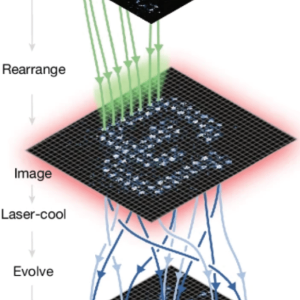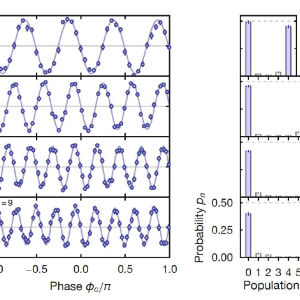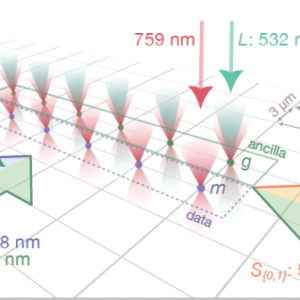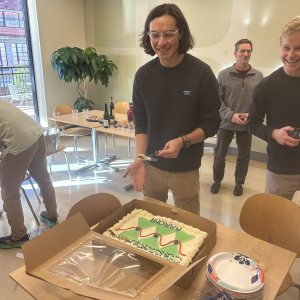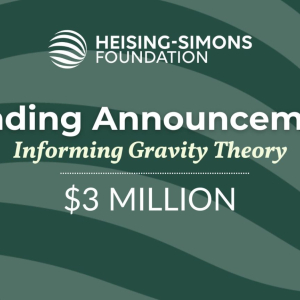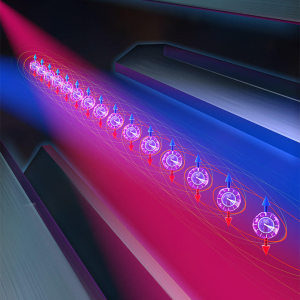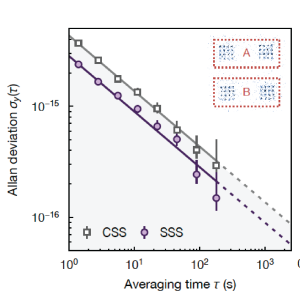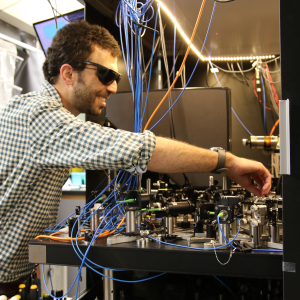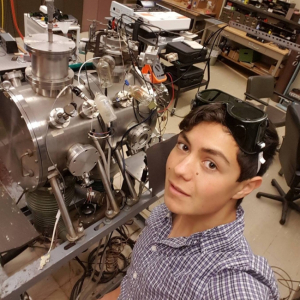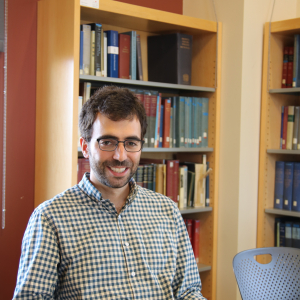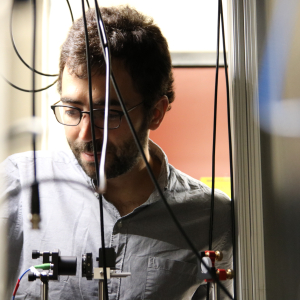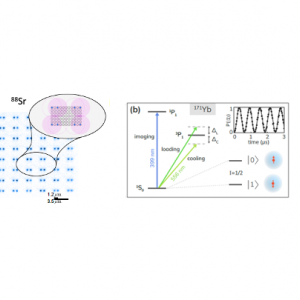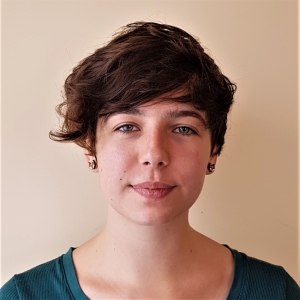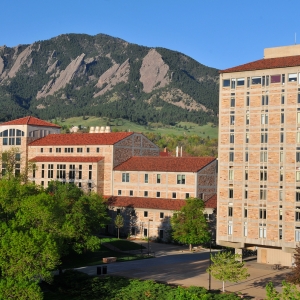News
May 09, 2024: Our paper on boson sampling with atoms has been published!
April 26, 2024: Our paper using multi-qubit gates for optical clocks has been posted!
April 26, 2024: Our realization of the omg-architecture in 171Yb is published in PRX!
April 26, 2024: Aaron graduated!
February 27, 2024: JILA and the University of Colorado Boulder Lead Pioneering Quantum Gravity Research with Heising-Simons Foundation Grant
October 19, 2023: JILA Fellows Ana Maria Rey and Adam Kaufman Featured in IEEE Spectrum Article
August 30, 2023: Our squeezing paper is published in nature!
December 14, 2022: JILA Fellow and NIST Physicist Adam Kaufman is awarded a grant from the 2023 Young Investigator Research Program
November 30, 2022: JILA Graduate Student Aaron Young is Awarded a 2022 University of Chicago Quantum Creators Prize
October 11, 2022: JILA Fellow and NIST Physicist Adam Kaufman is awarded the 2023 I.I. Rabi Prize in Atomic, Molecular, and Optical Physics
September 22, 2022: JILA and NIST Fellow Adam Kaufman Wins Breakthrough New Horizons in Physics Prize
August 30, 2022: Our recent manuscripts from the Strontium experiment have been published!
May 04, 2022: Our Ytterbium qubit paper is published in Physical Review X!
March 21, 2022: Our paper on tweezer-programmable lattices is up!
December 17, 2021: New papers up!
September 14, 2021: New paper published!
December 16, 2020: Our new paper on scalable, coherent tweezer clocks is published in Nature!
August 26, 2020: New $115 Million Quantum Systems Accelerator to Pioneer Quantum Technologies for Discovery Science




